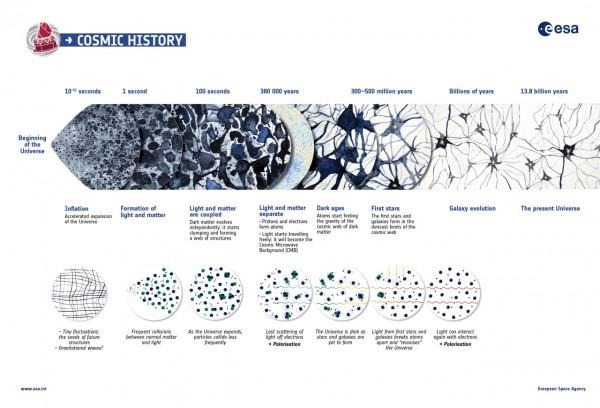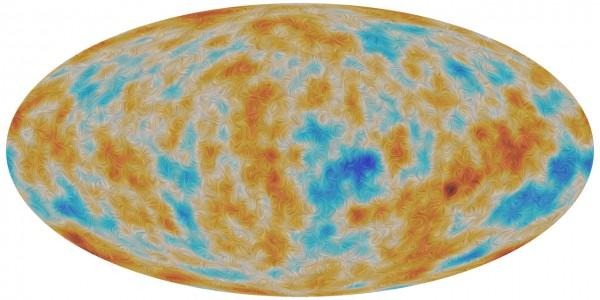Planck Knocks 100m Years Off Oldest Stars, No Botox Needed
Age may only be a number, but it turns out some of the oldest stars in the universe could be a lot younger than believed, according to new results from the Planck telescope. While scientists had previously estimated that the first stars began to shine 440m years after the Big Bang, itself pegged at 13.8 billion years ago, new results from the decommissioned ESA space telescope suggest that may have been off by as much as 100m years. Spilling the stars' age secrets are freshly calculated maps of cosmic background radiation, that help explain when reionization of the universe began.
Reionization is the process by which the non-visible ultraviolet light cracked apart hydrogen and produced visible starlight. Before that happened, the universe was in its so-called "dark age", scientists believe, where there was none of the starlight we're used to seeing now.
"According to Planck's observations, stars may be younger than believed, in bearing with other independent astrophysical indicators, and this finding may have major consequences on our attempts to understand the dark components of the universe," Carlo Baccigalupi, SISSA cosmologist and team member on the new research project said of the findings.

Although the initial findings still need to be validated – something which will require more data from Planck, not expected to come through for another year – if accurate, it could significantly reset the clock on how the universe developed to the present day.
"While these 100 million years may seem negligible compared to the Universe's age of almost 14 billion years," Marco Bersanelli of Università degli Studi di Milano, Italy, says, "they make a significant difference when it comes to the formation of the first stars."
The team constructed maps of the polarized light using the Low Frequency Instrument (LFI) onboard Planck. That relies on highly sensitive microwave amplifiers and microwave radiometers, effectively taking the universe's temperature by measuring activity in three frequency bands from 30 to 70 GHz.

Planck observed the ancient light between 2009 and 2013, recording the minute changes in background temperature.
"Now we're awaiting data from the high-frequency instrument (HFI), whose maps are mostly constructed by the French team," Baccigalupi says. "These additional maps should provide confirmation and a clearer picture of the evidence we detected."
That's also likely to help explain some of the current confusion around dark matter and dark energy. The early findings will be reported in the journal Astronomy and Astrophysics.
SOURCE ESA
